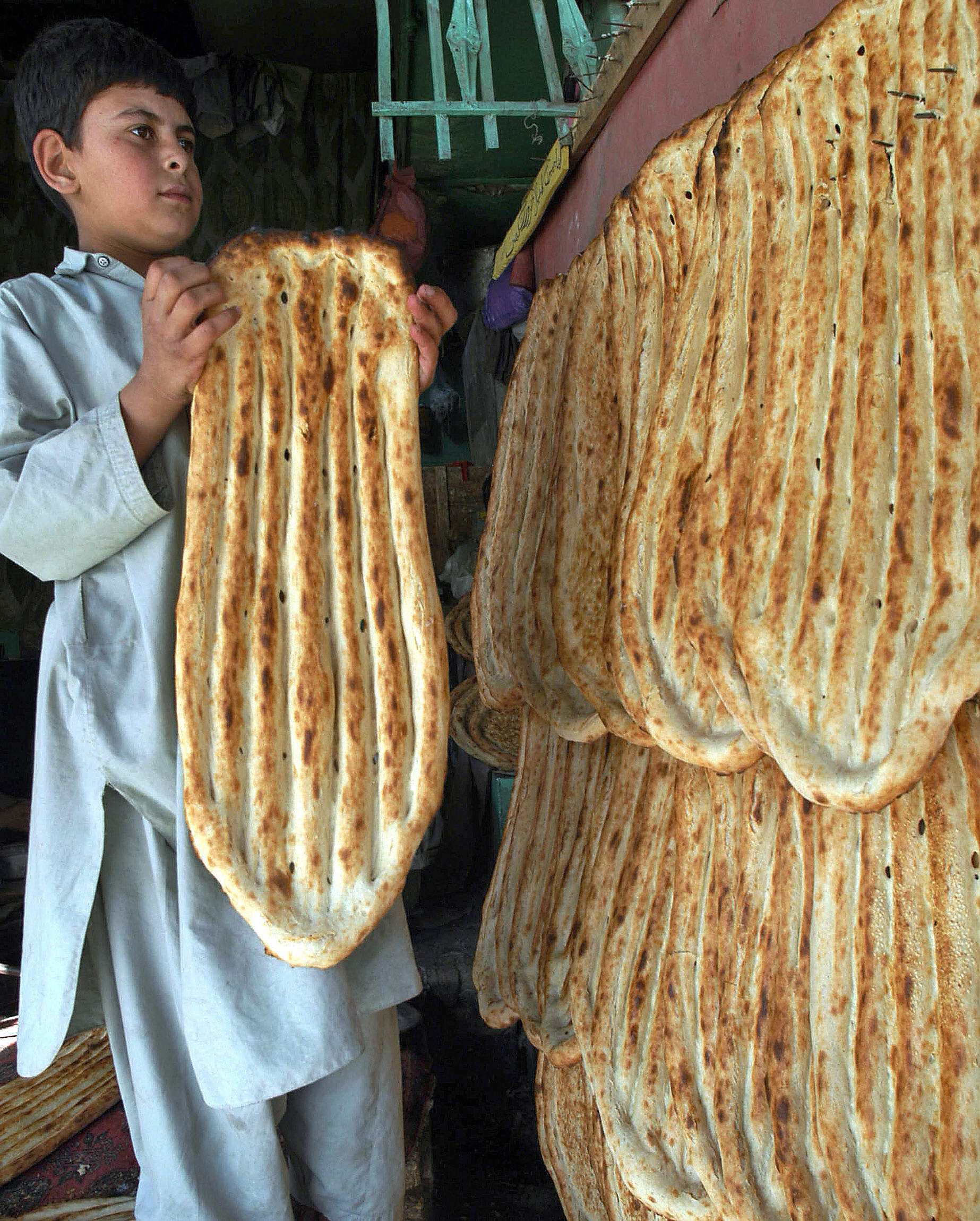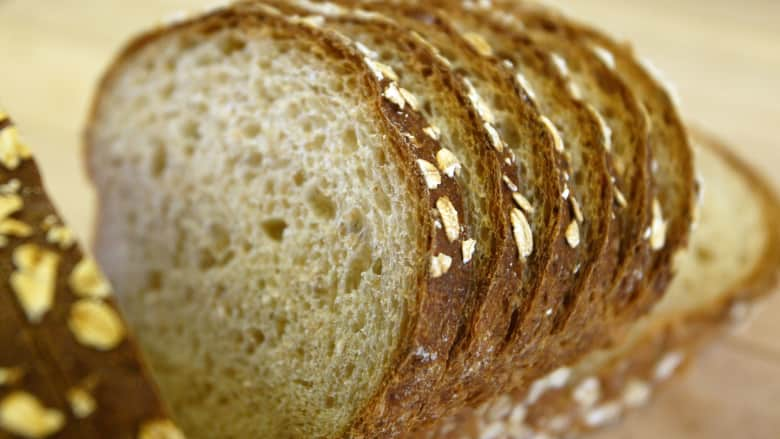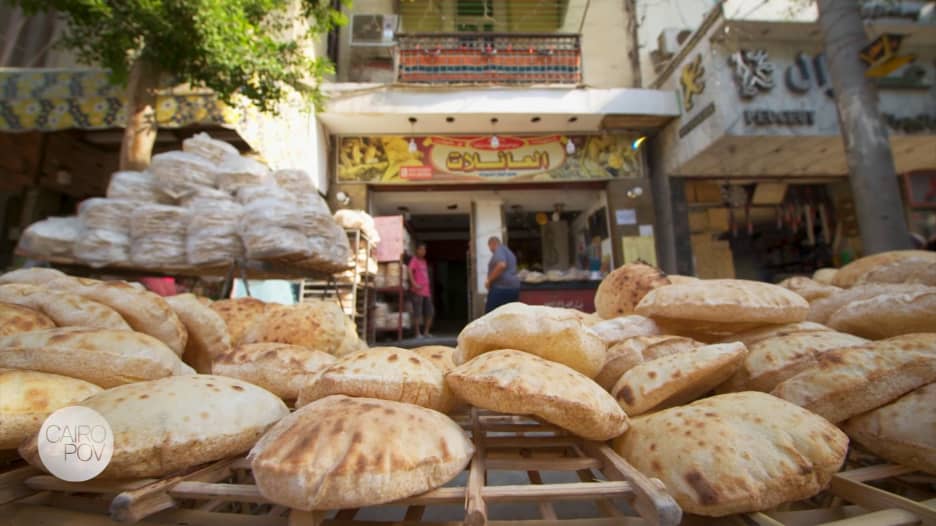دبي، الإمارات العربية المتحدة (CNN)-- لدى مرورك بالقرب من أحد المخابز المحلية، قد يراودك ألف سؤال وسؤال حول سبب ترك بعض أرغفة الخبز معلقة على واجهة المتجر.. وقد يظن البعض للوهلة الأولى أن الخبز المعلق هو جزء من تصميم المخبز، ولكنه في الواقع، يوجد سر وراء هذه الثقافة التاريخية.. فما رأيك أن تتعرف إلى ثقافة الخبز المعلق وأصول نشأتها؟
ويُعد الغذاء بمثابة عدسة مهمة، يمكن من خلالها فهم العادات الاجتماعية والثقافية والدينية في الشرق الأوسط. ليس ذلك فحسب، وإنما يسمح لنا أيضاً باستكشاف التقاليد المختلفة، التي تُعبر عن الإحسان والمشاركة.

بداية، تعود أصول الخبز إلى مصر وبلاد ما بين النهرين القديمة، حيث يعد التبرع الخيري بالخبز من الأعراف والعادات التاريخية لهذه الأراضي، على وجه التحديد.
وفي الماضي وحتى يومنا هذا، يقُدم الخبز مع كل وجبة غذائية، فوجوده يعني الشبع والاكتفاء، بينما غيابه يعني الجوع والموت.
وخلال حديثها مع موقع CNN بالعربية، أوضحت فيبي أرمانيوس، وهي أستاذة تاريخ الشرق الأوسط بكلية ميدلبوري، في ولاية فيرمونت، بالولايات المتحدة الأمريكية، قائلة: "لضمان حصول السكان على الخبز بشكل دائم، حرص الإغريق والرومان على بناء مخابز عديدة، في جميع أنحاء البحر الأبيض المتوسط، وكانت مصر أحد أكبر المزودين بالقمح".

ولطالما حمل الخبز جانباً هاماً في الدين، حيث كانت تجاور الكنائس عدداً من المخابز، التي تصنع أرغفة خبز إضافية وطازجة، لتوزيعها على الفقراء بعد صلاتهم الأسبوعية. كما تؤكد التقاليد الإسلامية على أهمية التصدق على الفقراء، فتوزيع الخبز يُعد بمثابة إشارة إلى اللطف والإحسان.
وليس معروفاً جذور أو تاريخ بدء تقاليد "الخبز المعلق"، إذ يقترح بعض العلماء أنه أصبح شائعاً خلال الفترة العثمانية. ولكن، قالت أستاذة تاريخ الشرق الأوسط: إنه سؤال تاريخي يتطلب بحثاً أكثر شمولية، ولم يقم المؤرخون، في مجال الطعام، بهذا البحث حتى اليوم".

وعادة ما يشتري الزبائن رغيف خبز إضافي، من أحد المخابز المحلية، عند التسوق من أجل عائلاتهم. وبعد ذلك، يقوم الخبّاز بتعليق الرغيف بكيس، خارج مخبزه، للجائعين أو الفقراء.
وفي تركيا، على وجه التحديد، ستجد الخبز بأكياس بلاستيكية، يتم الإشارة إليها بعلامة واضحة على أنها أنها "خبز معلّق".

وتُشير كلمة "المعلق" إلى أن الخبز متوفر لجميع الأشخاص المحتاجين، الذين يشعرون بالجوع ولا يستطيعون شراء الخبز ليوم محدد. وهذه العادة التقليدية، ترمز إلى الدعم والتعاطف، الذي يقدمه شخص غريب إلى آخر.
وبدورها، نوّهت أرمانيوس إلى وجود أشكال مختلفة من الأعمال الخيرية، ذات صلة بالطعام، في جميع أنحاء الشرق الأوسط وشمال أفريقيا. وبحسب بعض المؤرخين، أوضحت أستاذة تاريخ الشرق الأوسط أن هذه العادة لم تعد موجودة كالسابق، ولكنها عادت مؤخراً في أنحاء المنطقة، خاصة بتركيا وأجزاء من البلدان العربية.

ويُذكر أن أرمانيوس تُدرس مجموعة متنوعة من الموضوعات، من ضمنها "الطعام في الشرق الأوسط: التاريخ والثقافة والهوية". ليس ذلك فحسب، وإنما تعد أرمانيوس المؤلفة المشاركة مع بوغاج ارغنه، وهو أستاذ بجامعة "فيرمونت"، لكتاب "الطعام الحلال".







